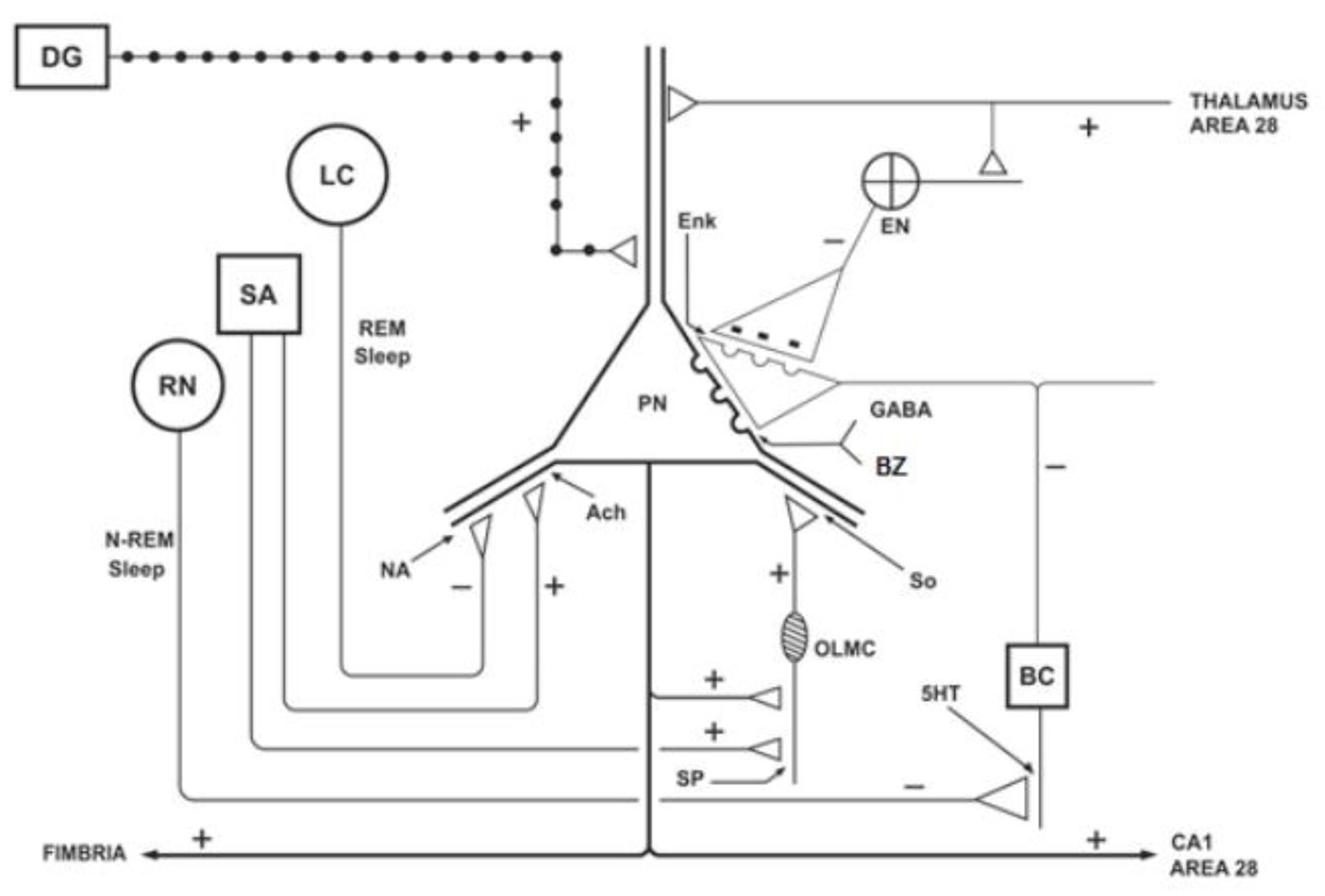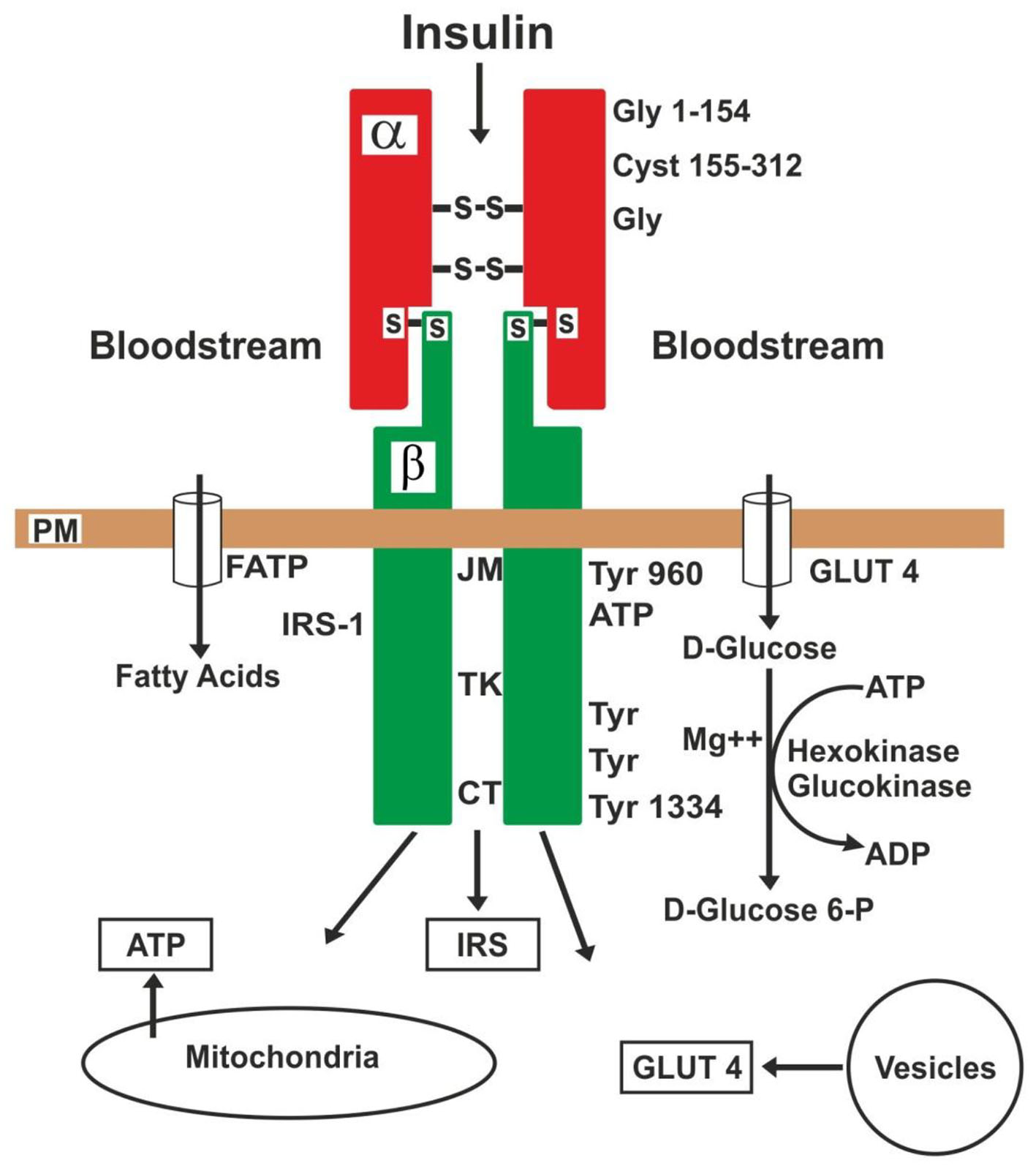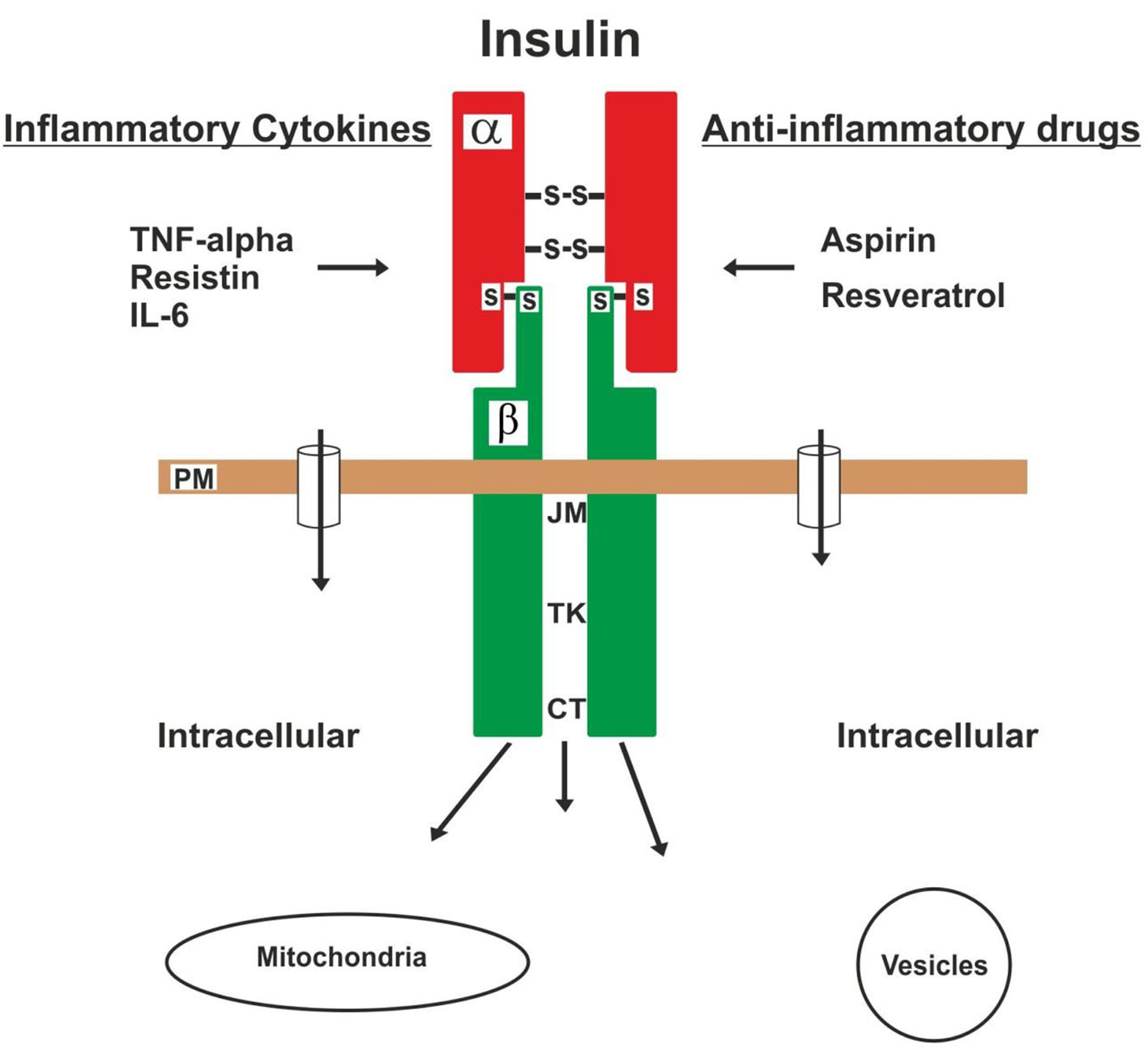
Figure 1. Schematic representation of the hippocampus, showing the ascending projections originating from the septal area (SA), locus coeruleus (LC) and raphe nuclei (RN), and the action of the benzodiazepines (BZ) on the pyramidal neurons (PNs). DG: dentate gyrus; BC: basket cell; EN: enkephalinergic neuron; Enk: encephalin; OLMC: olm cell; SO: somatostatin; Ach: acetylcholine; NA: noradrenaline; 5HT: serotonin; SP: substance P. Adapted from reference [22].

